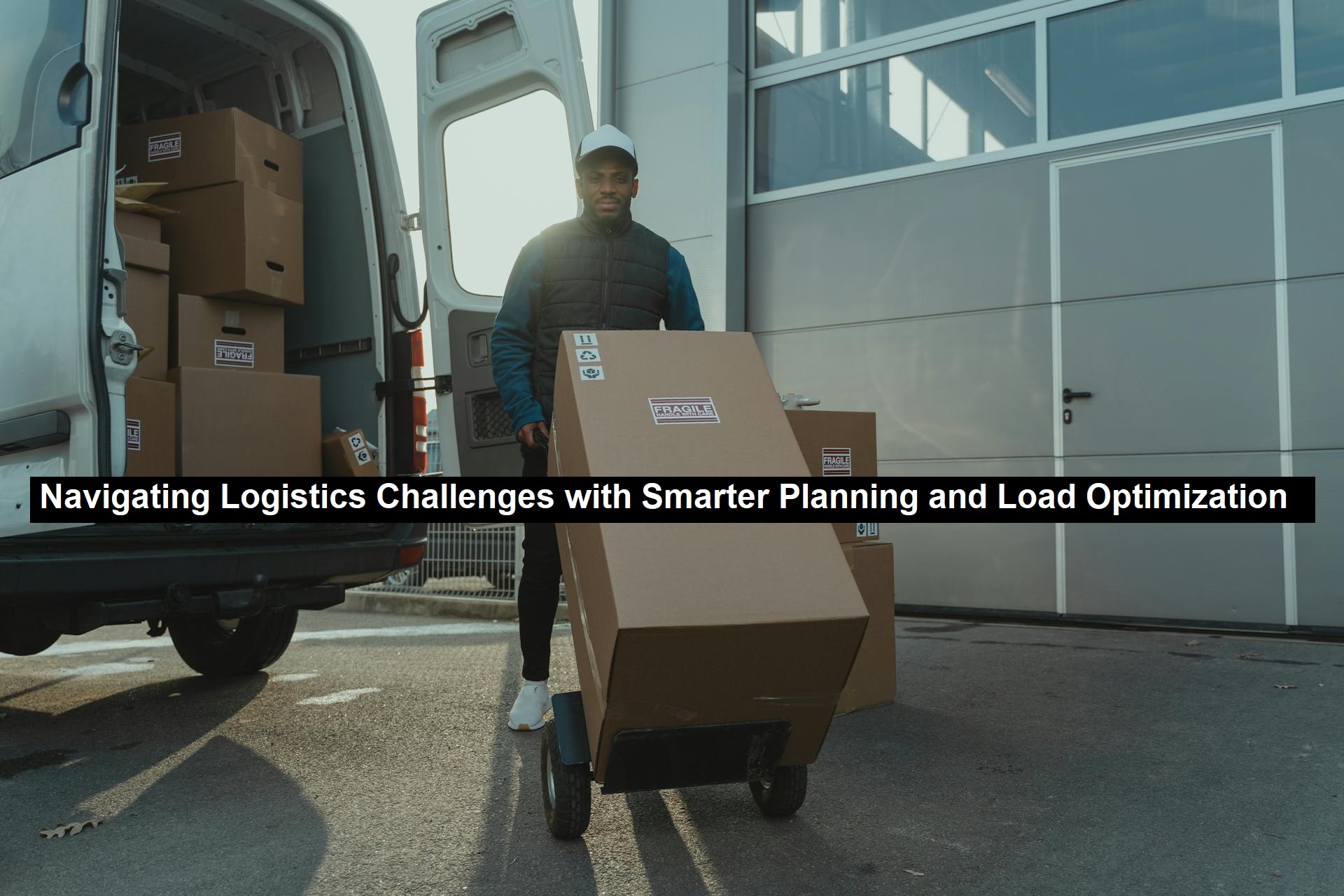Navigating Logistics Challenges with Smarter Planning and Load Optimization
In the logistics world, delays are rarely isolated—they create ripple effects that throw entire supply chains off balance. A late truck arrival, miscommunication between parties, or even a small documentation error can lead to serious bottlenecks, missed delivery windows, and frustrated customers. Avoiding this chain reaction requires a proactive approach that includes better planning, stronger communication, and real-time decision-making.
Root Causes Behind Supply Chain Inefficiencies
Many logistics disruptions begin with poor coordination. When shippers, brokers, carriers, and warehouse staff aren’t aligned, things fall through the cracks. Schedules don’t match, special handling instructions are missed, and delivery expectations aren’t met.
Driver support is another major factor. Without real-time route updates or efficient dispatching, drivers often face avoidable delays. When they arrive late to warehouses, it disrupts dock schedules and clogs up the outbound logistics pipeline.
Read: Breaking Down Barriers in B2B Sales
Then there’s equipment reliability. A vehicle that breaks down on the road causes immediate shipment delays and may require costly detours or load transfers. Businesses that don’t invest in preventative maintenance are often blindsided by breakdowns that could have been avoided.
Regulatory hurdles compound these issues. Transportation laws—such as hours-of-service restrictions, weight regulations, and international shipping protocols—must be factored into every route. Overlooking these elements can lead to shipment detentions or fines, all of which impact delivery timelines and cost control.
Strategic Solutions for a Streamlined Logistics Network
Building a resilient supply chain begins with intelligent freight planning. Dynamic route optimization, real-time visibility, and efficient scheduling reduce idle time and improve asset utilization. One of the best ways to reduce empty miles is to use digital load boards or freight platforms to find loads that match a carrier’s routes and equipment. This helps reduce fuel waste and improves delivery timelines.
Logistics software powered by AI is also changing the game. These systems predict traffic issues, track shipments live, and reassign loads dynamically when delays occur. Automation extends to backend tasks too, like invoicing and payment processing, reducing administrative friction and improving financial accuracy.
Carrier relationships are another pillar of logistics resilience. Companies that treat carriers as long-term partners—not just as vendors—tend to receive more consistent capacity, favorable pricing, and reliable service. Open lines of communication and performance transparency help build trust over time.
Contingency planning is essential in today’s unpredictable freight environment. Businesses must prepare for the unexpected—be it severe weather, port congestion, labor disputes, or driver shortages. Those with access to backup carriers, alternative routes, and flexible delivery schedules are better positioned to maintain customer commitments when the unexpected strikes.
When logistics runs smoothly, everyone benefits. By using modern tools to find loads, investing in partnerships, and planning ahead, supply chain stakeholders can avoid disruptions and deliver value with confidence.
Smarter-Planning